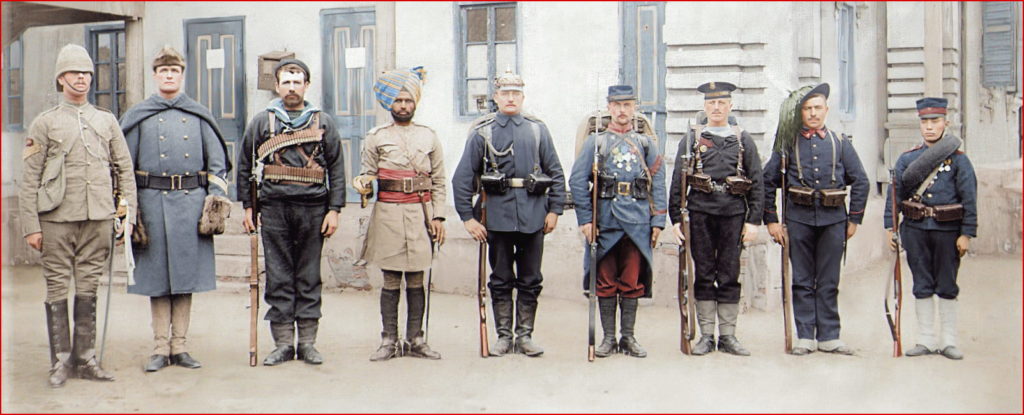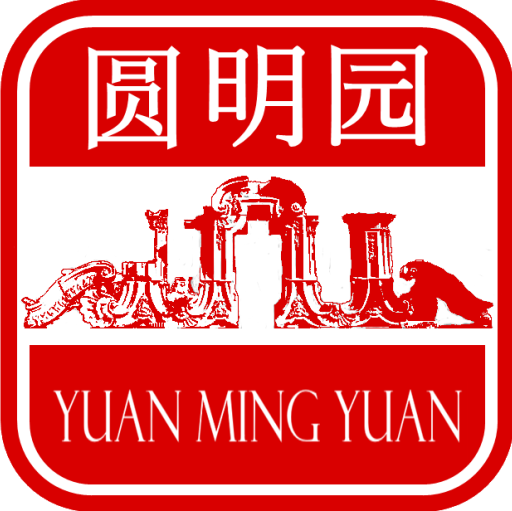The Boxer Rebellion
After the second Opium War, the remaining palaces, or those renovated under Emperor Tongzhi (同治), were completely destroyed in 1900, when the Eight-Nation Alliance troops were sent to China to quell the Boxer Rebellion.
The Eight-Nations Alliance
Following the Opium Wars and the stranglehold of the colonial powers over the Chinese economy, as well as Western cultural influence on the country, a sense of revolt was brewing among the Chinese populace. A secret society, the Boxers, or Militia United in Righteousness, conducted actions against Western interests in China. On 11 June 1900, the secretary of the Japanese legation, Sugiyama Akira, was assassinated, and the first Boxer was captured by German soldiers.
On 20 June, the siege began in the Legation district, where members of Beijing’s foreign communities resided. Several thousand Chinese who had converted to Christianity, were massacred by the Boxers.
On 14 August, a military coalition of eight Western powers (Austro-Hungarian Empire, French Republic, German Empire, Kingdom of Italy, Empire of Japan, Empire of Russia, United Kingdom and United States), was formed in Tianjin and marched towards Beijing to liberate the Legations. Foreign troops then retaliated against the Boxers, but also against civilians. The direction of operations was entrusted to the German count, Alfred von Waldersee, who led numerous raids in the countryside around Beijing and was distinguished by his cruelty. Von Waldersee ordered, “There will be no quarter; no prisoners will be taken!” Allied troops inflicted terrible suffering on civilians.
The city of Beijing was occupied for more than a year by the troops of the Eight-Nation Alliance until the signing of the Boxer Protocol or the Xinchou Treaty (辛丑条约), which required China to pay compensation until 1940, and to open the country to foreigners.
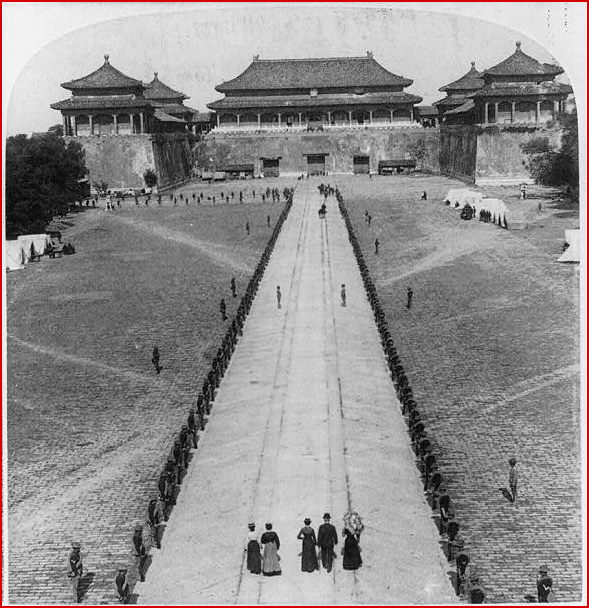
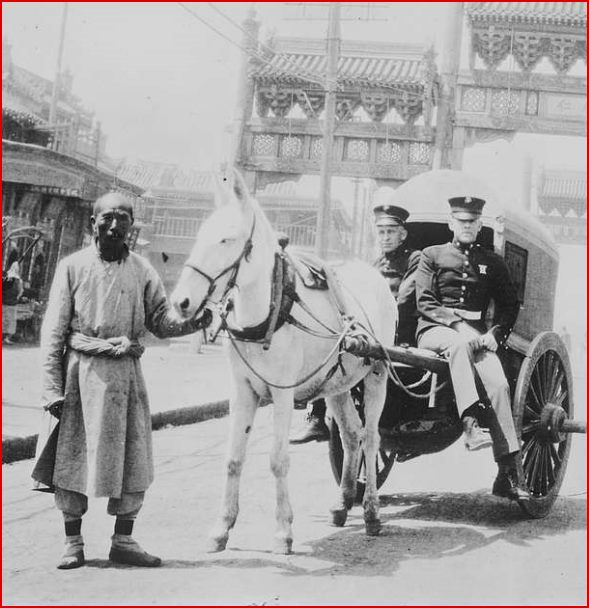
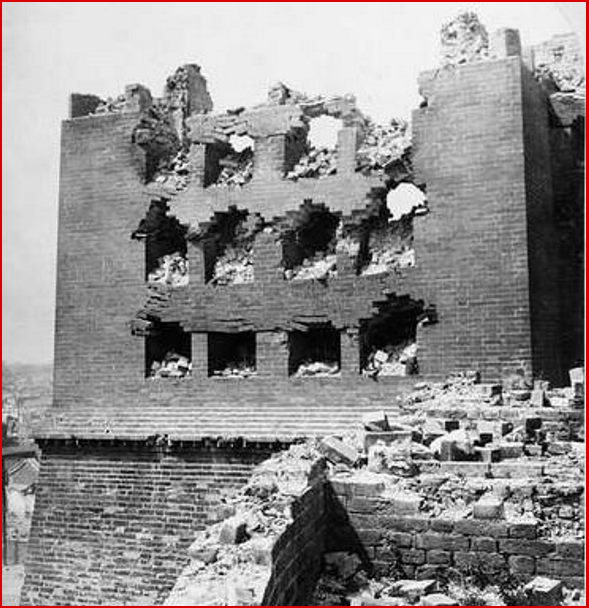
Sack and Auctions
As Christine Howald noted, in the British army, looting was regulated, and all looted works became the property of the British Crown. Similar rules were applied in other Western armies.
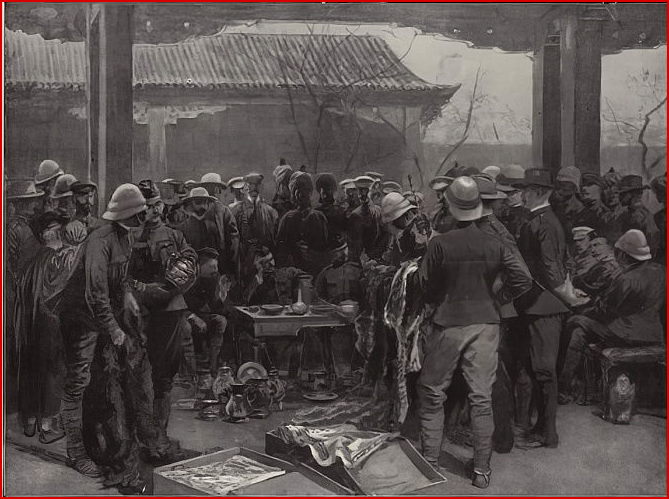
A large part of the imperial collections thus disappeared during the looting and subsequent auctions.
During the occupation of Beijing by the Eight-Nation Alliance in 1900, the Old Summer Palace was again set on fire, and palaces that had been spared during the Anglo-French campaign of 1860, disappeared forever. Subsequently, during the difficult times in China under the War Lords and then the Japanese occupation, many trees in the gardens were uprooted by residents of Beijing for heating, and stones were stolen; some gardens were transformed into fields to enable the peasants to feed themselves. Only certain ruins of the palaces of European Baroque style were preserved, most palaces of Chinese style, built mainly out of wood, all disappeared during the fires.In less than 50 years, Europeans had plundered and destroyed one of the wonders of the Chinese Empire. In 1901, the Old Summer Palace lost its splendour.
